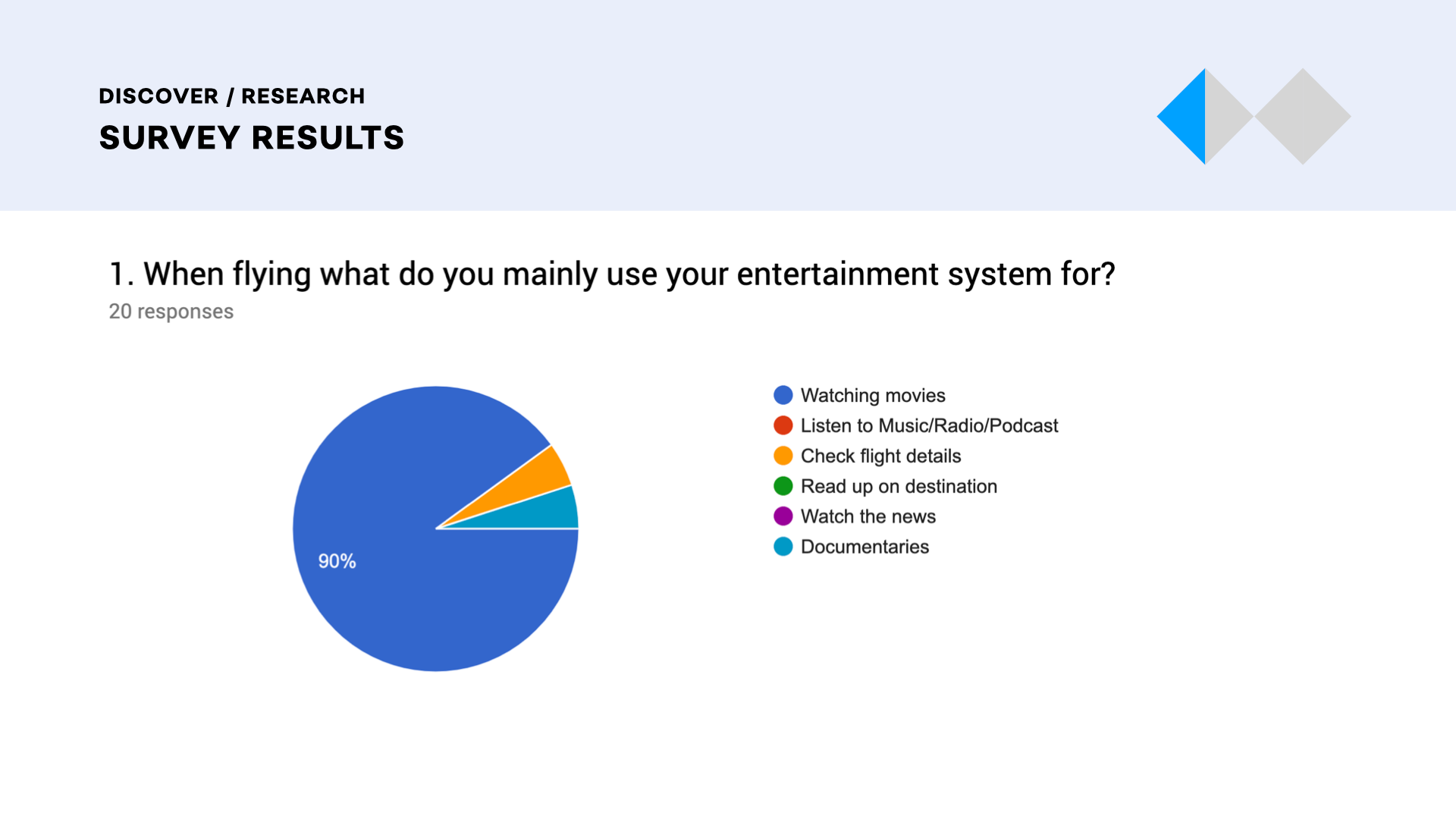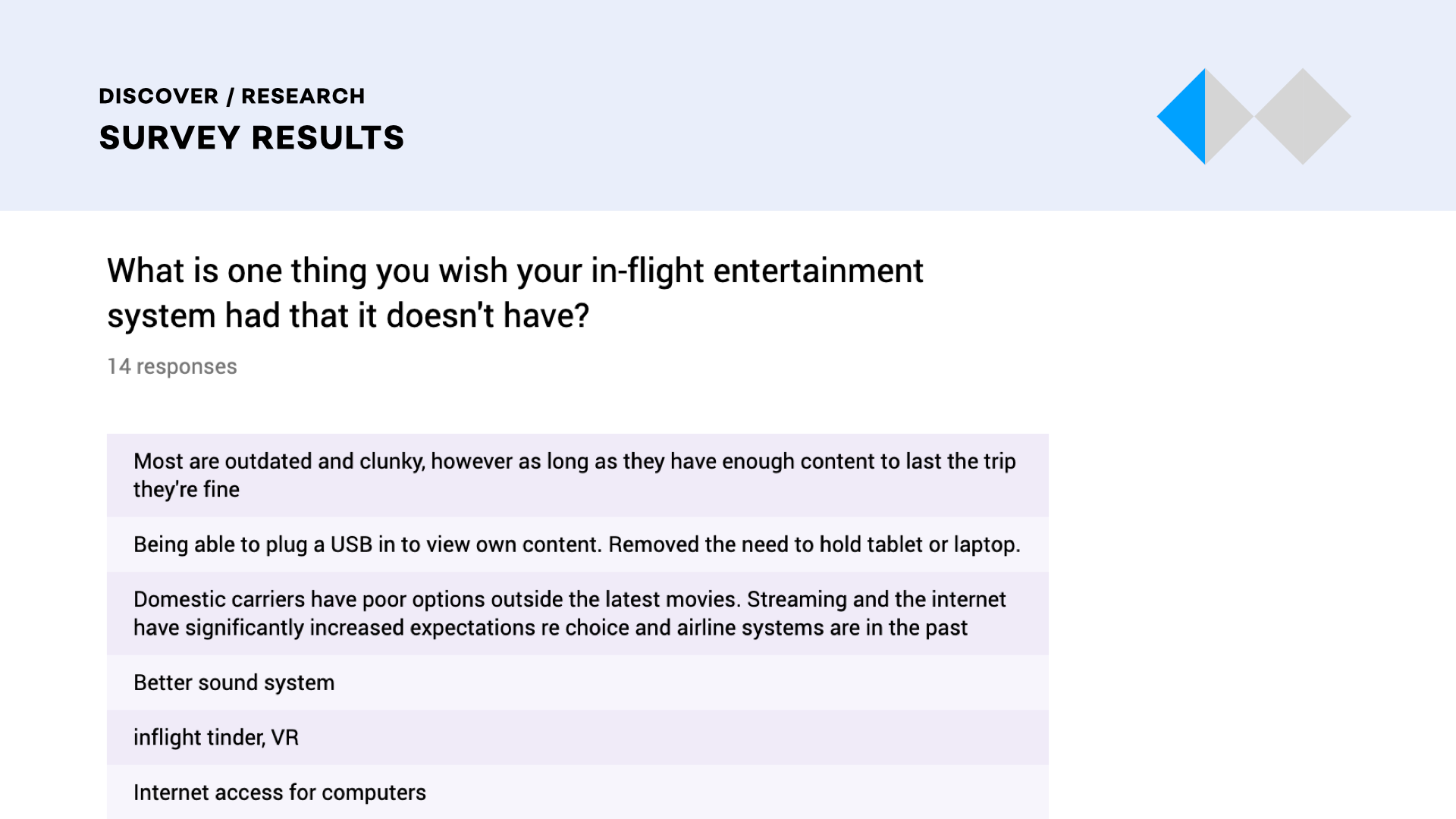Design Challenges are… 🤮
The "design challenge" seems to have become a ubiquitous part of the interview process when applying for a job in the product (UI/UX) design field. I'm not a fan of the design challenge for a multitude of reasons, believing there are better ways to design an interview process to better understand what it’s like to work with a candidate; focusing on their ability to communicate, ask relevant questions, and gain an insight into their experience and ability to meet real world challenges, develop ideas, and solve problems collaboratively.
There are two categories design challenges fall into. Most of these exercises are throwaway work you do for free. It is very hard for an experienced product designer to care about work that has no intrinsic meaning and is going to be thrown out almost immediately. The other category these can fall into is literal spec work disguised as a “design challenge”. This is straight up unethical.
There are two categories design challenges fall into. Most of these exercises are throwaway work you do for free. It is very hard for an experienced product designer to care about work that has no intrinsic meaning and is going to be thrown out almost immediately. The other category these can fall into is literal spec work disguised as a “design challenge”. This is straight up unethical.
Also, the design challenge is not inclusive. Not everyone has up to 10hrs capacity to do unpaid homework that may or may not move the interview process forward. e.g. I may have already taken time off my current job to interview or I may be interviewing elsewhere. I may have family commitments or studies for my professional development I need to attend to.
"Asking a candidate to perform a design exercise so you can "see how they handle the pressure" is unethical." – Jared Spool
Having said that…
I do realise the difficulty in choosing a new team member. If this is a an essential part of the hiring process at your company and I wish to be considered for the role I have provided the following example and process I took for the final design challenge I intend to ever do.
The Brief
Design the UI of the entertainment/information system in the back aeroplane seats.
• We want to see your approach and process
• High-Fidelity mock-ups
• A prototype containing multiple pages
We're interested to see your process:
• Research
• Sketches
• Wireframes
• Hi-fidelity mockups
This should be compiled into a presentation that we can go through in the next stage of the interview process
Please let me know if you have any further questions and don't forget to have fun and enjoy it!
Looking forward to what you come up with!
We don’t usually ask candidates to spend longer than 3-4 hours on it, but feel free to spend as long as you like on it.
(Not sure what they would expect to see after 3-4hrs.. The fact they mention hi-fi mockups and prototyping multiple screens within such a restricted timeframe makes me wonder if they understand design process at all.. Let’s see what I can do with some creative time-boxing!?!)
My Process
The compressed nature of a design challenge, much like most Agile UX Projects lends itself to following a high-level structure to refer to throughout the process. I will call-out various points of interest while following a popular structured process for the duration of this challenge.
The 'Double Diamond' method popularised by the British Design Council and IDEO.
There are four phases to this approach:
A) Discover customer problems
B) Define specific customer problems
C) Develop potential solutions to these customer problems
D) Deliver feasible and viable solutions to these customer problems
ACTIVITY SHEET
Timebox: 6hrs
Day 1
2hr Unpacking: Review Brief, Create a user research questionnaire and call on my own network of contacts to help – There just isn't enough time to do any one-on-one user interviews. I will establish and articulate the constraints and formulate an achievable outcome. Secondary research activities (i.e. Recall my own experience and look for other UI/UX examples of entertainment systems to draw inspiration from).
Day 2
1hr Analyse & Synthesise survey results,
1hr Setup Worksheet, Slide Deck, and do some problem framing activities
1hr Formulate a persona and an in-flight schedule to map the customer journey
1hr Wireframe sketching + working file preparation for High Definition Design output (if I have time..?) + Format and compile presentation deck
Discover
1. Recall personal experience w/IFE systems. Write them down. Make notes.
2. Primary Research: Reach out via my network for other thoughts on in-flight entertainment systems (Google Survey: https://forms.gle/fp98jALhJHTYQjB4A)
3. Secondary Research: Look into prior research & conceptual examples (Searched Medium Articles & ‘Googled’ + Pinterest, Behance & Dribble IFE concept examples for inspiration)
Define
4. Analyse & synthesise research results



Now, after doing the minimum amount of research, I shall call out the constraints, the assumptions and establish an achievable outcome within the timeframe.
1. I will attempt to solve 1 to 2 problems highlighted from the research results
2. I will formulate 1 persona to investigate. (e.g. A 25 y.o man travelling alone to meet friends).
3. Using this persona I will formulate 1 flight scenario. (e.g. An overnight journey from Sydney to London)
4. Establish a product goal: "Enhance the UX of the in-flight entertainment system for an airline"
Notable
100% of People surveyed use the IFE system
Problems to exploit & solve
Watching movies or TV series is the major drawcard – People want the latest content
High percentage of participants want to connect their device & connect to the internet
Better performance, Audio & Visual quality + A sensitive-to-touch high resolution screen has been highlighted as baseline requirement. People are now used to using high performing touch devices in their everyday life.
A sense of group interaction has also been highlighted as a possible feature wanted by customers
DEVELOP / IDEATION
1. Define an achievable Outcome
2. Establish a persona to design a solution for
3. Establish an in-flight scenario to build a concept around
4. Sketch ideas / Wireframe / Prototype
DELIVER / DESIGN DELIVERABLE
5. High Definition UI concept (To Be Continued…)
